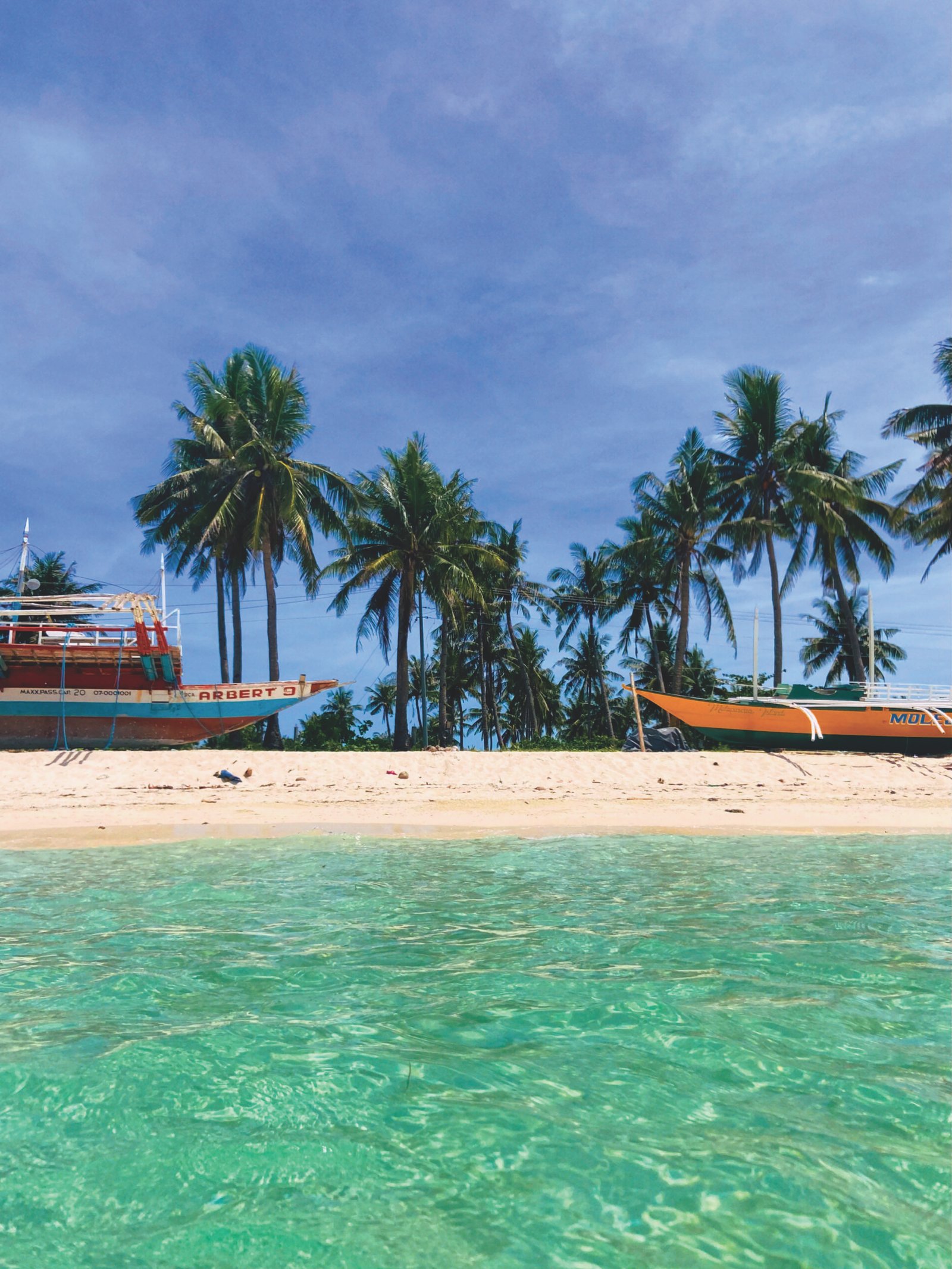For those who think Cebu has revealed all its treasures, think again.
Born and raised amid its vibrant streets and tranquil shores, Cebuano writer Cres Arzadon knows there’s more to this province than the familiar buzz of Moalboal or Oslob. His connection to Cebu runs deep, fueled by an abiding love for theater, anime, and the lesser-sung stories that shape everyday life on the island.

Alcoy and Badian: The Coastline’s Quiet Charms
Step away from the crowds and rediscover Cebu’s southern coast. Alcoy and Badian rarely make international headlines, but their allure lies in precisely that—serenity.
Here, sunrise arrives quietly over swathes of sugar-white sand, and clear waters shimmer with every subtle shift of daylight.
These are beaches where locals retreat, where weekends turn into languid afternoons spent under coconut trees, sharing laughter and merienda.
Alcoy’s under-the-radar vibe and Badian’s breathtaking reefs offer a rarer, more personal brush with Cebuano coastal life, untouched by the tourist crush.
As Cres puts it, “I feel like beaches in Alcoy and Badian are very underrated. Most tourists only know of Oslob and Moalboal, but the province has a lot of other beaches that Cebuanos are fond of, but most foreign tourists are not familiar with.”
Lechon: A Culinary Echo of the Past
Before House of Lechon became the talk of Cebu’s culinary scene, Talisay lechon stood as the true north of every local’s gastronomic compass.
Crispy, golden, and perfectly seasoned, Talisay lechon was the unspoken centerpiece of family feasts and town celebrations. Walking into its bustling lechon market is a sensory journey, with echoes of clattering plates mingling with the scent of roasted pork. For many Cebuanos like Cres, it is more than just a taste; it’s a living tradition that binds generations together over celebratory meals.
“Not a restaurant,” Cres shares, “it’s a Sunday tradition for families to head to Talisay’s Larawan Beach, where small seaside market stalls are masters of roasting some of the best seasoned and freshly cooked lechon.” Be sure to get there early for lunch, around 11 a.m., for the best slice and the crispiest skin.
Fiesta: A Community’s Heartbeat
To witness Cebuano culture at its most exuberant, follow the call of a barangay fiesta. For outsiders, it’s an explosion of colors: banners swaying between houses, rhythmic parades snaking through narrow lanes, tables groaning under the weight of home-cooked banquets. But for locals, each fiesta is a narrative of nightly novena prayers, spontaneous street performances, and the charismatic Sagala that brings saints to life with every step.
For Cres, it’s Cebu’s warmest, most generous essence: “A barangay fiesta is something tourists would enjoy. Nightly novena prayers and nightly entertainment lead to the actual day of the fiesta, which is celebrated with a parade of saints and a Sagala and ends with each household preparing a banquet to share with the rest of the community.” The month of May signals several fiesta celebrations throughout the province when towns and cities celebrate their patron saints.
The third Sunday of January brings Cebu’s biggest fiesta, Sinulog. This grand festival, in honor of the Sto. Nino (the Child Jesus) is a significant cultural and religious event that showcases Cebu’s rich heritage and devotion to faith.
The Heart of Cebu, Revealed
There’s a Cebu that never makes it onto the postcards but lingers in memory long after the journey ends. Through Cres’s eyes, the province is a tapestry of quiet moments, early swims on silent shores, the comforting crunch of lechon skin, and the echo of prayers at dusk.

